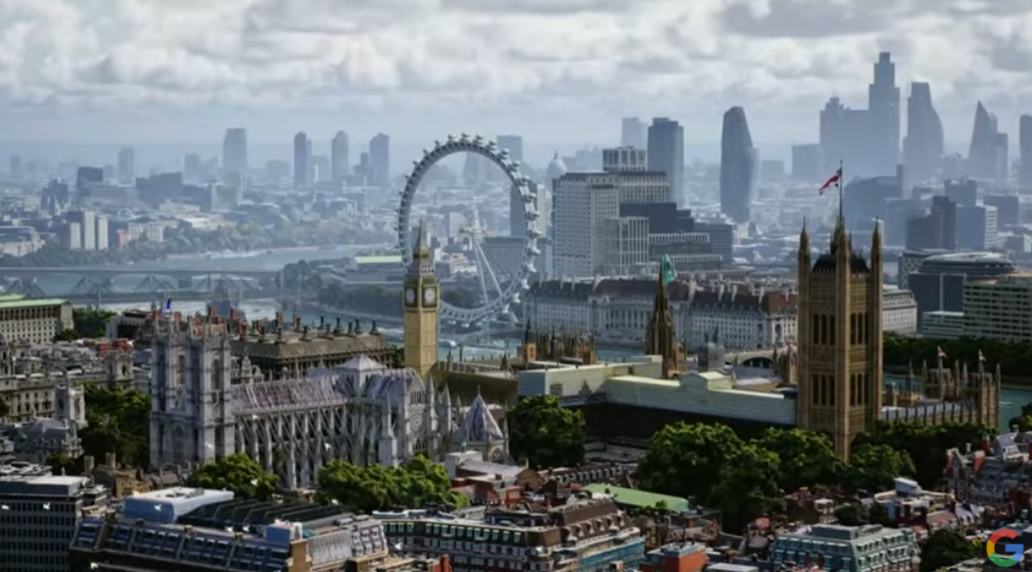

It's Google I/O time – meaning Google will unveil the latest software updates of Android, Search, Chrome, and, most importantly Google Maps. Oh boy, what a wild rollercoaster it is!
We're liveblogging the entire Google I/O – you can read our Google I/O live blog here – but in this article we're just focusing on the Google Maps updates.
Sundar Pichai, Google CEO, started the section on Google Maps by talking about the last 15 years of advances in AI that help Google expand Google Maps coverage to remote areas and reimagine how we explore the world in more intuitive ways.
Around the world, Google has mapped 1.6 billion buildings and 60+ million kilometres of road. Previously, Google has found some remote areas difficult to map, due to the lack of high-quality imagery, and indistinct building types and terrain.
Now, Google is using computer vision to detect buildings at scale from satellite images. As a result, Google has increased the number of buildings on Google Maps in Africa five times, from 60 million to 300 million, since July 2020.
Google has also doubled the number of buildings mapped in India and Indonesia. It's all very impressive and could be life-changing for millions of people.
Google is making this Google Maps data publically available, so organisations such as the United Nations and The World Bank can make use of it.
Get all the latest news, reviews, deals and buying guides on gorgeous tech, home and active products from the T3 experts

Google is also adding new functionality to the Google Maps app. Using advances in 3D mapping and machine learning, Google is fusing millions of images to create 'Immersive View'.
Google calls this a new experience in Maps and says it allows you to explore a place 'like never before'.
You can see an example of this at the top of this page – it looks more like a video game than a mapping service.
It allows you to pan around select locations, as well as see traffic and weather.
Google Maps is also getting a feature that allows you to see inside of restaurants. The feature makes it look as if you're a drone flying through a restaurant, but Google is simply creating a rendering from images alone.
As these new features run on Google Cloud they can be used on any smartphone or computer.
Finally, in addition to making places easier to explore, Google also wants to help you get there sustainably. It has already got eco-friendly route options in the U.S. and Canada, but it's now expanding to more places, including Europe.
Sundar Pichai states these features will start rolling out in Google Maps for select cities globally later this year. We can't wait to try them out!

As the Style and Travel Editor at T3, Spencer covers everything from clothes to cars and watches to hotels. Everything that's cool, stylish, and interesting, basically. He's been a part of T3 for over seven years, and in that time covered every industry event known to man, from CES and MWC to the Geneva Motorshow and Baselworld. When he's driving up and down the country in search of the greatest driving roads, he can be found messing around on an electric scooter, playing with luxury watches, or testing the latest fragrances.